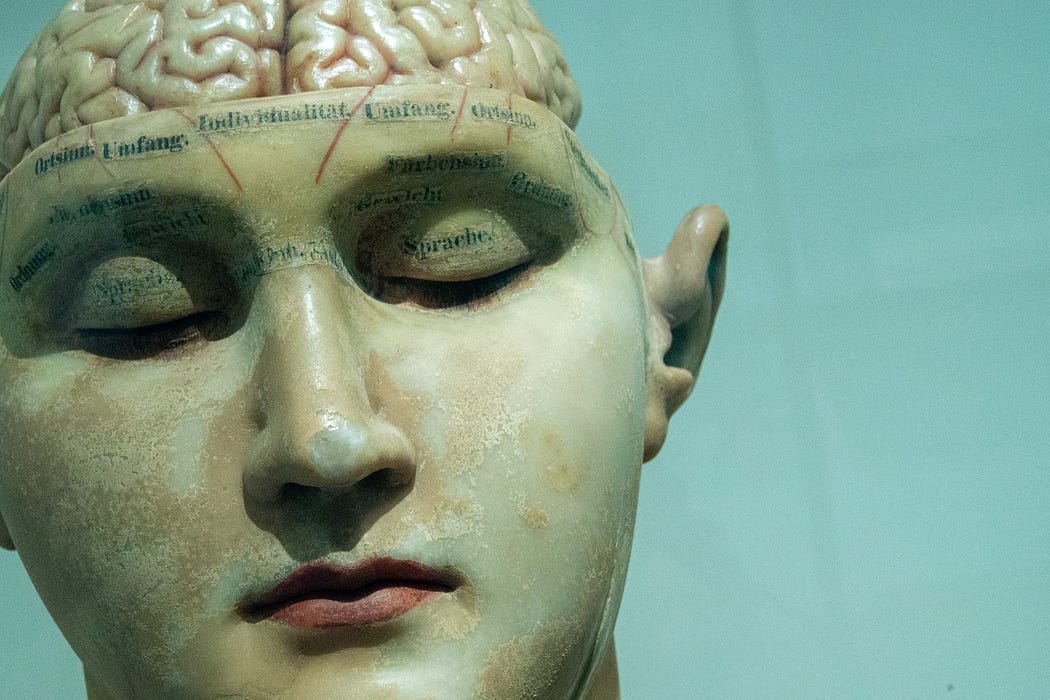‘‘Understanding Cognitive Biases: How Your Brain Tricks You into Making Bad Decisions’’
Have you ever wondered why, despite your best intentions, you sometimes make decisions that seem irrational or contrary to your own interests? The answer may lie in the fascinating world of cognitive biases. These mental shortcuts and patterns of thinking can lead us astray, causing us to make poor choices and judgments. To make better decisions, it’s crucial to understand these cognitive biases and how they influence our thought processes.
What Are Cognitive Biases?
Cognitive biases are systematic patterns of deviation from norm or rationality in judgment, often triggered by our brains’ attempt to simplify complex information processing. They are essentially mental shortcuts or rules of thumb that help us make quick decisions without expending too much mental effort. While these biases can be helpful in some situations, they can also lead us astray in others.
It’s essential to recognize that cognitive biases are not a result of mental laziness or a lack of intelligence; they are inherent in our brain’s functioning. They have evolved as a way for our brains to cope with information overload and make decisions efficiently. However, they can lead to flawed judgments, as they often deviate from the principles of logic and rationality.
Common Cognitive Biases
There are numerous cognitive biases, but let’s explore some of the most common ones:
- Confirmation Bias: This bias leads us to seek out information that confirms our existing beliefs and ignore or downplay information that contradicts them. This can result in a distorted view of reality, as we become trapped in an echo chamber of our own opinions.

2. Anchoring Bias: Anchoring bias occurs when we rely too heavily on the first piece of information encountered when making decisions. This initial “anchor” can disproportionately influence our judgment, even if it is irrelevant or inaccurate.
3. Availability Heuristic: This bias causes us to judge the likelihood of an event based on how readily examples come to mind. Events that are more vivid, recent, or personally significant are often overestimated, while less memorable events are underestimated.
4. Overconfidence Bias: People tend to overestimate their abilities and knowledge, believing they are better at tasks or have more accurate information than they actually do. This overconfidence can lead to poor decision-making.

5. Loss Aversion: This bias is the tendency to prefer avoiding losses over acquiring equivalent gains. We often go to great lengths to prevent losses, even when the potential gains are just as valuable.
6. Hindsight Bias: Hindsight bias involves the tendency to believe, after an event has occurred, that one would have predicted or expected it to happen. This can lead to the illusion of foresight and overconfidence in our ability to predict outcomes.
The Impact of Cognitive Biases on Decision-Making
Cognitive biases can have a significant impact on our decision-making processes, often leading us astray. They can affect various aspects of our lives, from personal relationships to financial decisions and professional choices.
For instance, confirmation bias can lead to a lack of critical thinking and open-mindedness, hindering our ability to learn and grow. Anchoring bias can result in us making poor financial decisions, such as paying too much for a product or undervaluing an investment. Availability heuristic can lead to irrational fears and misjudgments, while overconfidence bias can cause us to overcommit to projects or investments that we don’t fully understand. Loss aversion can lead to missed opportunities for growth and personal development, and hindsight bias can prevent us from learning from our past mistakes.
How to Mitigate Cognitive Biases
While cognitive biases are a natural part of human cognition, there are strategies to mitigate their impact and make better decisions:

- Awareness: The first step is to be aware of the existence of cognitive biases. Recognizing when you might be falling victim to a bias is crucial.
2. Seek diverse perspectives: Engage with people who have different viewpoints and challenge your assumptions. This can help counteract confirmation bias.
3. Slow down: Take your time when making important decisions, as rushing can lead to anchoring and availability biases. Give yourself time to gather and evaluate information.
4. Embrace uncertainty: Acknowledge that the world is complex, and not every decision can be reduced to a simple rule or heuristic.
5. Keep a decision journal: Record your decisions and the thought process behind them. Reviewing your past decisions can help you identify recurring biases and improve your decision-making in the future.
6. Consult experts: Seek advice from individuals with expertise in the relevant domain to counteract overconfidence bias.
In conclusion, cognitive biases are inherent in human thinking and can lead us to make suboptimal decisions. However, by understanding these biases and implementing strategies to counteract their influence, we can improve our decision-making processes. It’s essential to recognize that while cognitive biases are part of our cognitive machinery, they don’t have to dictate our choices. With self-awareness and a commitment to rational decision-making, we can navigate life’s complex decisions with greater clarity and success.






0 Comments